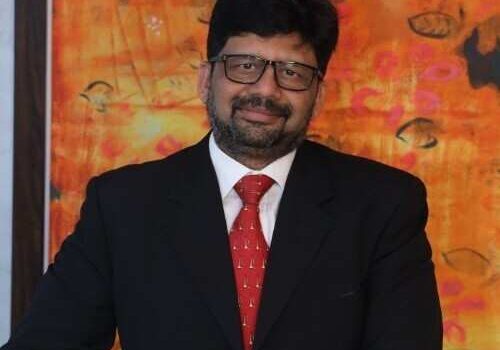How contact image sensor technology has enhanced accuracy of fake note detection
India has long been a cash economy and most people in the country still follow the cash transactions route. No denying that there has been a significant rise in digital payments in the last few years, especially in the Tier-I cities. Secondly, as a fall out of the pandemic, there has been an acceleration in adoption of contactless payment. However, the semi-urban and rural areas are still heavily reliant on cash transactions. This makes India more prone to hazardous counterfeiting activity.
Currency replication is a big issue and the banking, commercial and retail sectors are at the highest risk. The pandemic has also triggered many households towards hoarding cash. Rise in counterfeit currency was one of the reasons why Demonetization came into effect.
However, reports suggest that cash in circulation has touched a record high of 14.5% of GDP in India, up from 10.7% pre-DeMo.
In recent years counterfeiting has become a bigger problem given the increased access to technology whether it is scanning, colour printing etc. As per the NCRB records, high-quality fake currency seized in 2020 was more than ₹92.17 crore. Over the last two years, NIA has investigated about two dozen cases related to fake currency, of which, 12 cases pertain to the seizure of high-quality Indian counterfeit currency.
Is there a solution to this problem?
Yes, Technology does provide a respite, especially with sector leaders and organizations that invest in the latest technology to understand how innovation can tackle such problems.
There are various techniques to detect the authenticity of a note. There are these basic counting machines which are the most commonly used machines have UV (Ultra Violet), MG (Magnetic) & IR (Infra Red) sensors for detecting fake currencies. Some of these machines also give total value along with normal counting and suspect detection which are called mixed denomination counting or value counting machines. They use 3D and Color sensor technology to determine the total value of the counted notes along with the standard UV, MG & IR sensors. But these types of machines are seen to be inaccurate and inconsistent in identifying the denomination, giving the correct value and even detecting super fake notes.
On the other hand, the state-of-the-art CIS (Contact Image Sensor) technology works on an imaged based software which ensures accurate identification of the denomination, structure of the note and counterfeit detection too. When the currency notes are counted in the machine, each note is compared/verified with the image saved in the memory.
The note is rejected with the slightest of a deviation. Hence it accurately identifies the notes and gives the exact total value. Recently we have come across fake notes that are half genuine and half fake (two parts stuck together). Such a note gets easily passed through all basic counting machines but these are rejected by CIS based machines.
Given these advantages, it is important to have this CIS technology in basic counting machines.
Technological forces are currently driving digital disruption in the security industry. The need for anti-counterfeit tech is ever-growing as activities around fake currency are carried out frequently. Technology advancement is improving life universally and also has the potential to eliminate the counterfeiting issue leading to a better economic condition. Hence industry leaders will have to keep up with shifting industry dynamics and business demands when it technological innovations. It’s safe to predict that, we will keep witnessing more brands and stakeholders coming up with innovations and solutions in the currency handling market.
Disclaimer
Views expressed above are the author's own.
END OF ARTICLE








Gloss